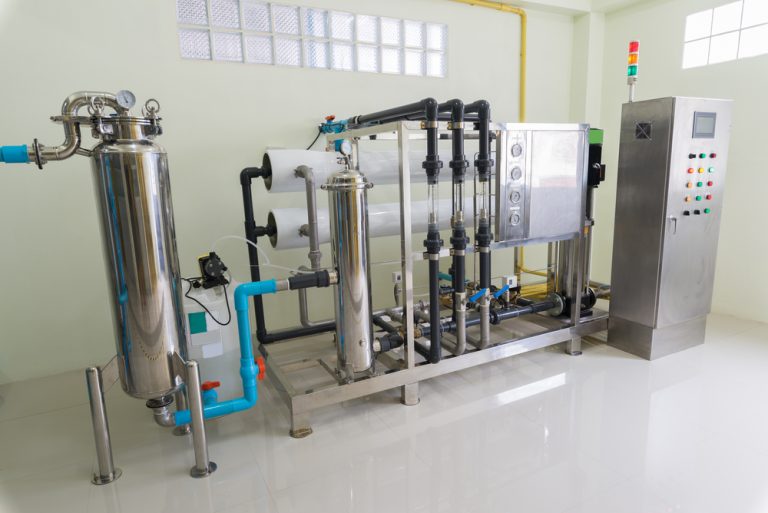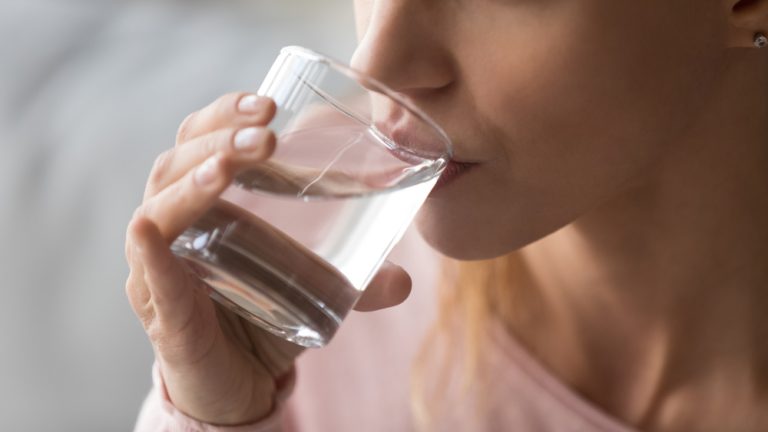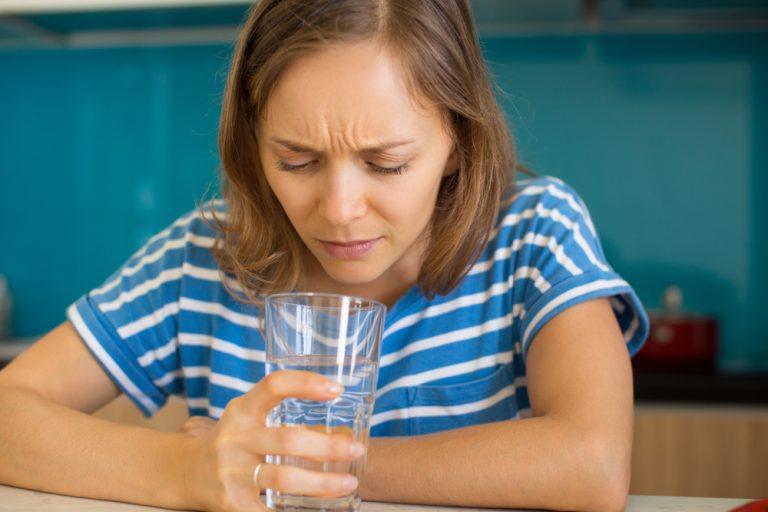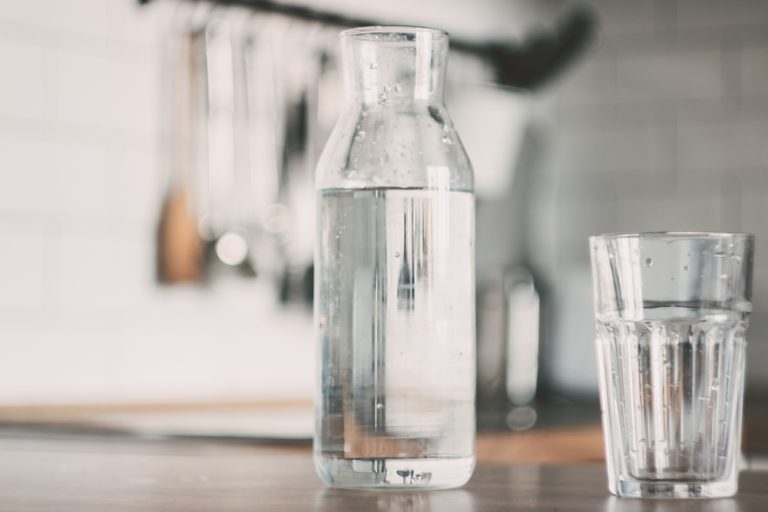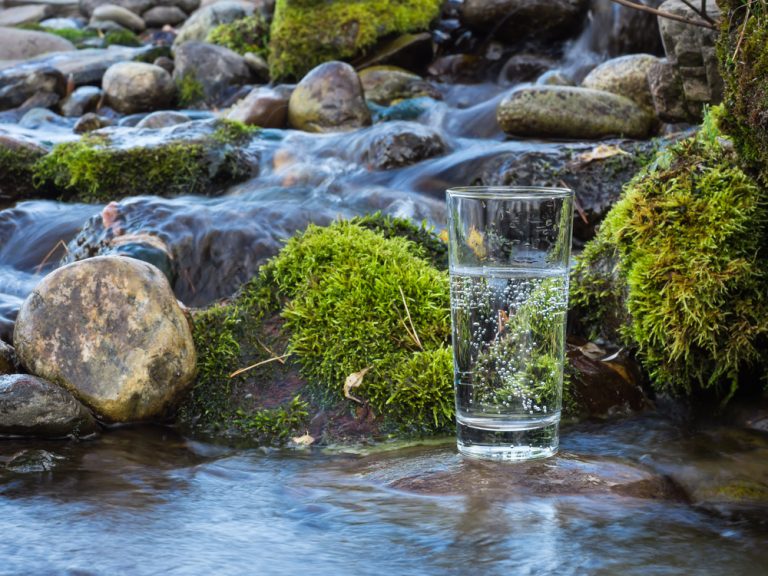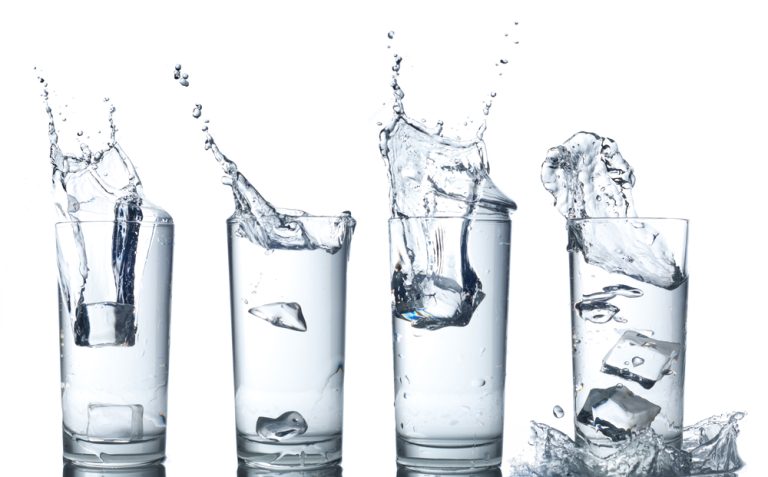Purified Water Vs Spring Water
Having a hard time thinking about the difference between purified water vs spring water? Are you confused about which water is safe to drink? Don’t worry, we will review them together and help you learn their similarities and differences.
Purified water and spring water are both drinking water. These waters were theoretically processed to pass the health and safety standards set by the Food & Drug Administration and the Environmental Protection Agency of National Standards for Drinking Water. Nowadays, many companies are capable of producing bottled purified water and spring water. However, purified water is different from spring water in terms of water quality, mineral contents, and the process of how it is produced.
What Is Purified Water?
Purified water is a type of water that has been processed technically from water sources like groundwater, well water, tap water, and seawater. It has undergone purification using two or more processes to remove water impurities, pathogens, total dissolved solids, contaminants, and chemicals producing high-purity water. Purified water is the most highly treated water that gives great quality to consumers.
How To Produce Purified water?
Purified water is produced through a water filtration system. There are many types of water filtration systems capable of producing purified water such as reverse osmosis, distillation, and deionization.
Reverse Osmosis
Reverse osmosis, or RO, is the process of reducing up to 99% of the total dissolved solids content in water. RO system contains a semi-permeable membrane with very tiny pores invisible to the naked eye. Ordinary water is filtered at a certain pressure in the semi-permeable membrane, producing purified water with high quality.
Most bottling companies use reverse osmosis systems to produce purified water. Reverse osmosis can produce purified water in more quantity and great quality. It is also the most cost-efficient among other processes.
Deionization
Deionization is the process where all of the ion content of water is removed. After a reverse osmosis process, water is further purified using mixed-bed ion exchange resin. The positive and negative charge ions in water adhere to the surface of the resin. They are captured in a process called ion exchange, producing ultra-purified water.
Distillation
Distillation is a process where water is heated at a very high temperature making it evaporate, and leaving all the impurities and dissolved solids behind. The steam produced from the evaporation is collected and then condensed back to liquid form, creating water with a very high quality called distilled water. The conductivity of distilled water is very low and is about 1-10 milligrams per liter.
Water Quality Standards Of Purified Water
When it comes to quality standards, purified water has been thoroughly examined and passed the health and safety standards set by Food And Drug Administration and the Environmental Protection Agency. Purified water is free from disease-causing pathogens. It is also free from any chemical contamination, especially heavy metals and pollutants. That is why purified water is safe for drinking.
What Are The Mineral Contents Of Purified Water?
Purified water has a very low mineral concentration. It is reduced up to 99% from its original content during the purification process. Its calcium and magnesium content is below 10 milligrams per liter. The alkalinity and chloride content are also below 10 milligrams per liter. The pH level is between 5.0 – 7.0. Overall, the total dissolved solids are measured at around 10-50 milligrams per liter.
What Is Spring Water?
Spring water is a type of natural water. Spring water is pure water from the earth’s surface. It contains enough nutrients and minerals to make it suitable for drinking. Also, spring water tastes good. Most people get their drinking water supply from spring water because of its healthy benefits.
How To Produce Spring Water?
Spring water comes from an underground aquifer. During rain, the rainwater is absorbed underground through cracks and tunnels. This water flows out naturally until it reaches the surface of a place called a spring.
Spring water undergoes a natural water filtration process. It is filtered underground by rock formations and clay. It is mixed with all the naturally occurring minerals present on the earth’s surface, which is why it is healthy to drink.
Water Quality Standards Of Spring Water
Spring water can be further processed to ensure it is drinkable. It may undergo some final treatment and disinfection process to ensure it is free from contaminants and other disease-causing pathogens. Spring water has also been carefully tested to pass the National Standards For Drinking Water set by the Food And Drug Administration and the Environmental Protection Agency.
What Are Spring Water’s Mineral Contents?
Spring water contains healthy minerals needed by the human body. It has sodium, calcium, magnesium, potassium, and other nutrients. The total dissolved solids content of spring water is between 300-500 milligrams per liter. Spring water is also free from bacteria and other disease-causing pathogens.
Which Water Is Safe To Drink?
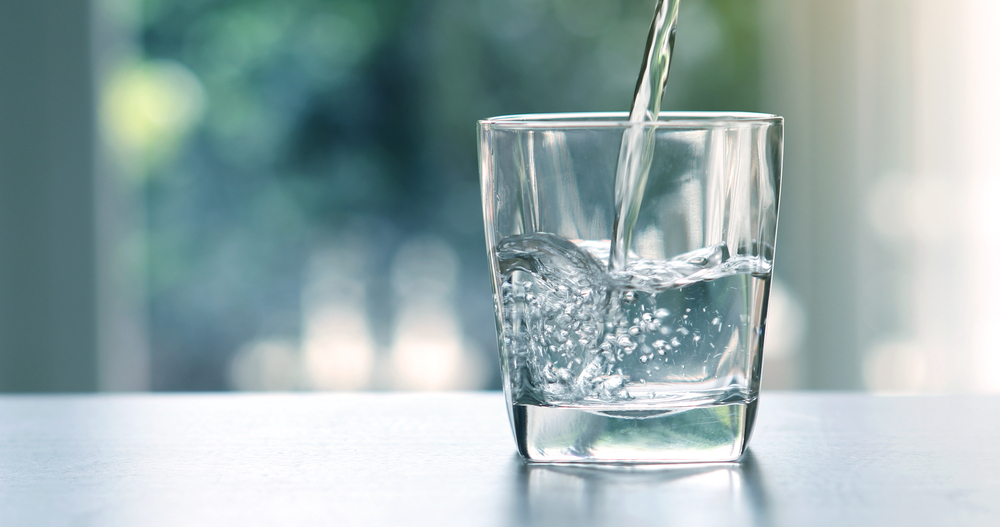
Of course, purified water and spring water are both safe to drink. They have undergone thorough quality control and have been examined properly to pass the health & safety standards for drinking water.
What Is The Food And Drug Administration?
The U.S. Food And Drug Administration is an affiliate agency of the Department of Health and Human Services. They are responsible for protecting human health by examining every single product in the consumer market. They have to make sure all the products are safe for the public and the environment.
What Is The Environmental Protection Agency?
The Environmental Protection Agency is responsible for any environmental concerns. They enforce laws that protect the people and the environment. The EPA is in charge of implementing laws related to air, water, land, and people. They have to make sure that everybody is compliant with what protects the environment.
In Conclusion: Purified water Vs Spring Water
As time passed, due to increased cases of pollution, people opt to drink processed water rather than ordinary water. In this way, they feel that they are safer from any disease. As of now, it is rare to see people drinking from well water or tap water. There are so many bottled purified and spring waters in the market. You just have to choose which one you would prefer to drink.
So, will it be purified water or spring water? Let us know which one and why in the comments below!



